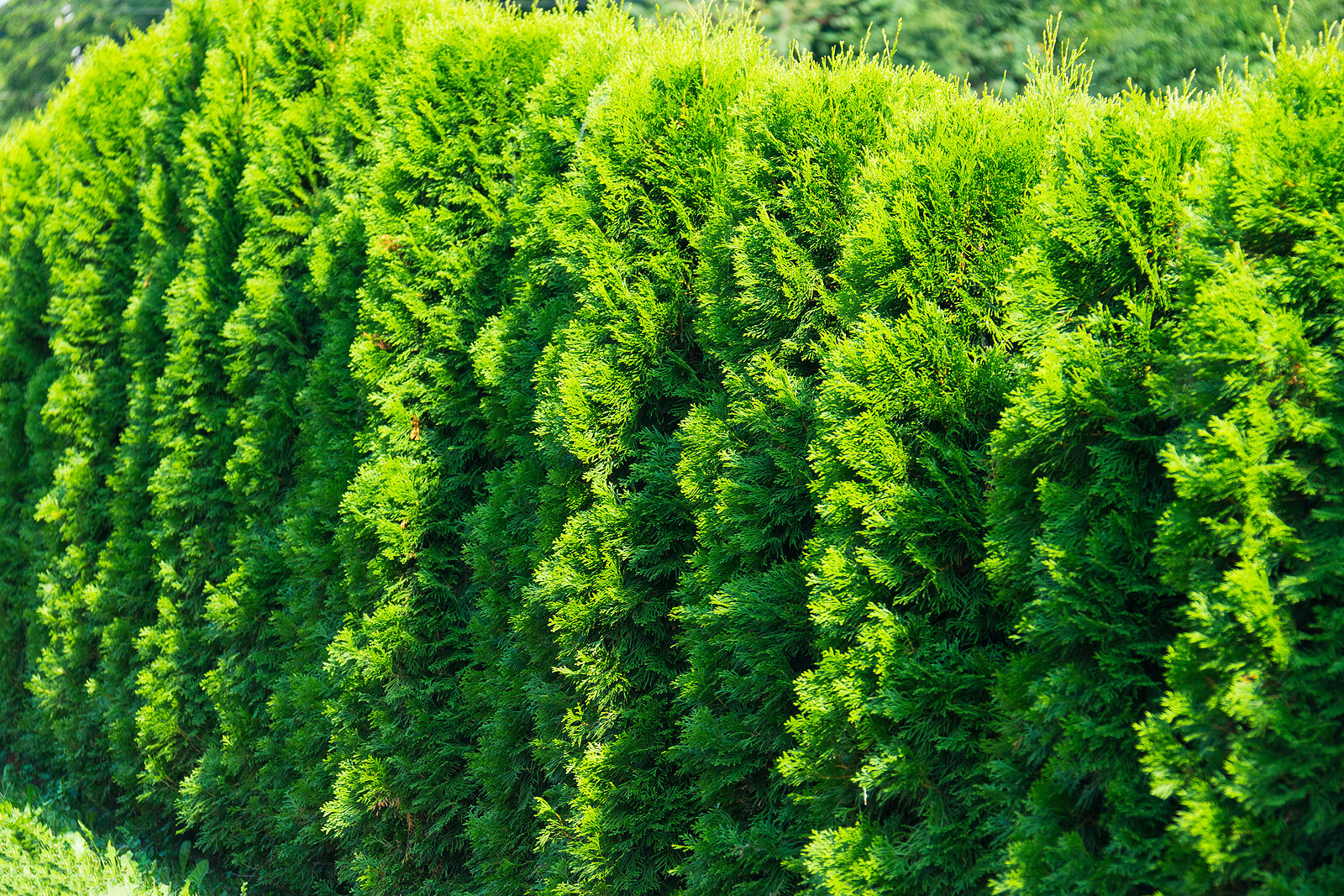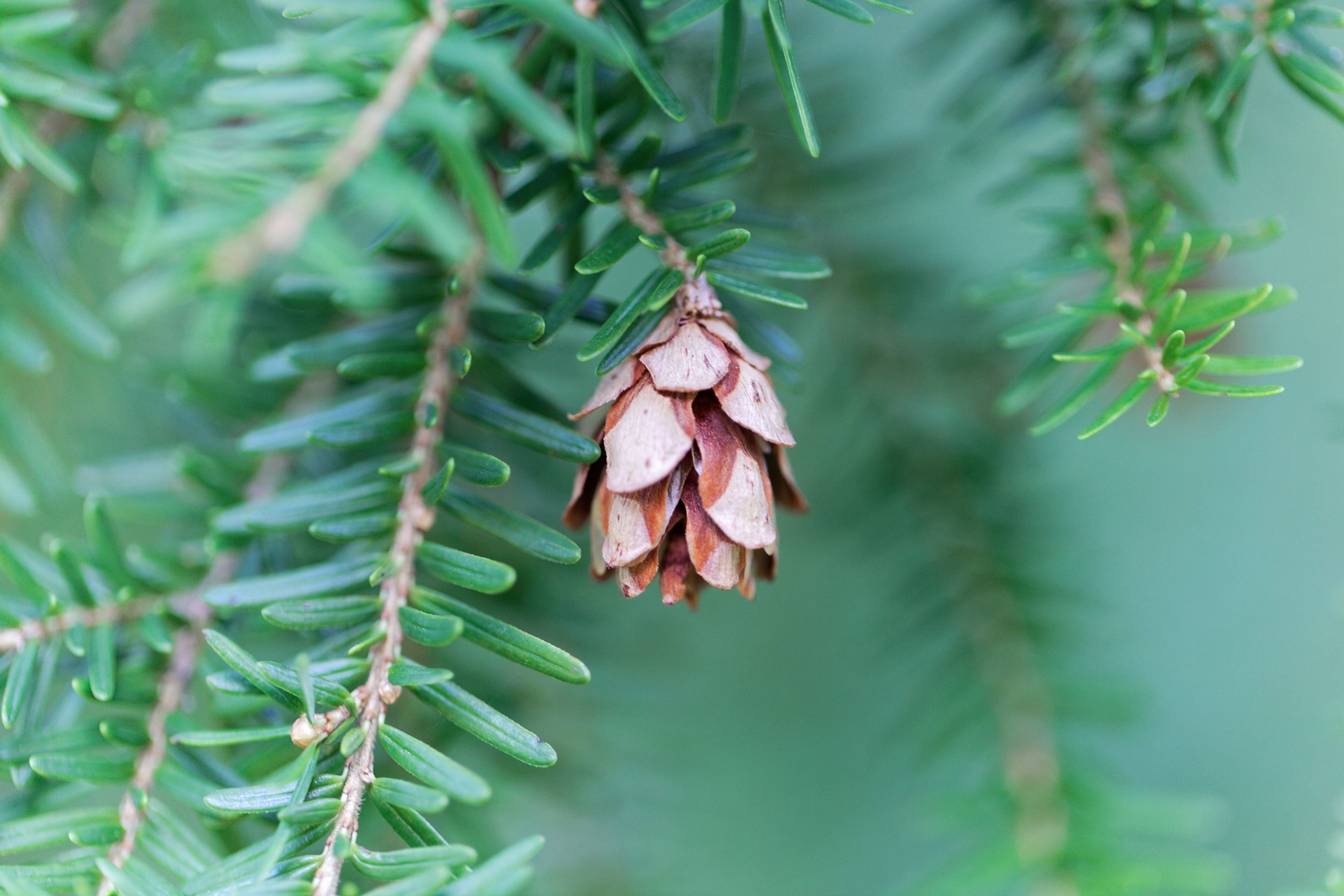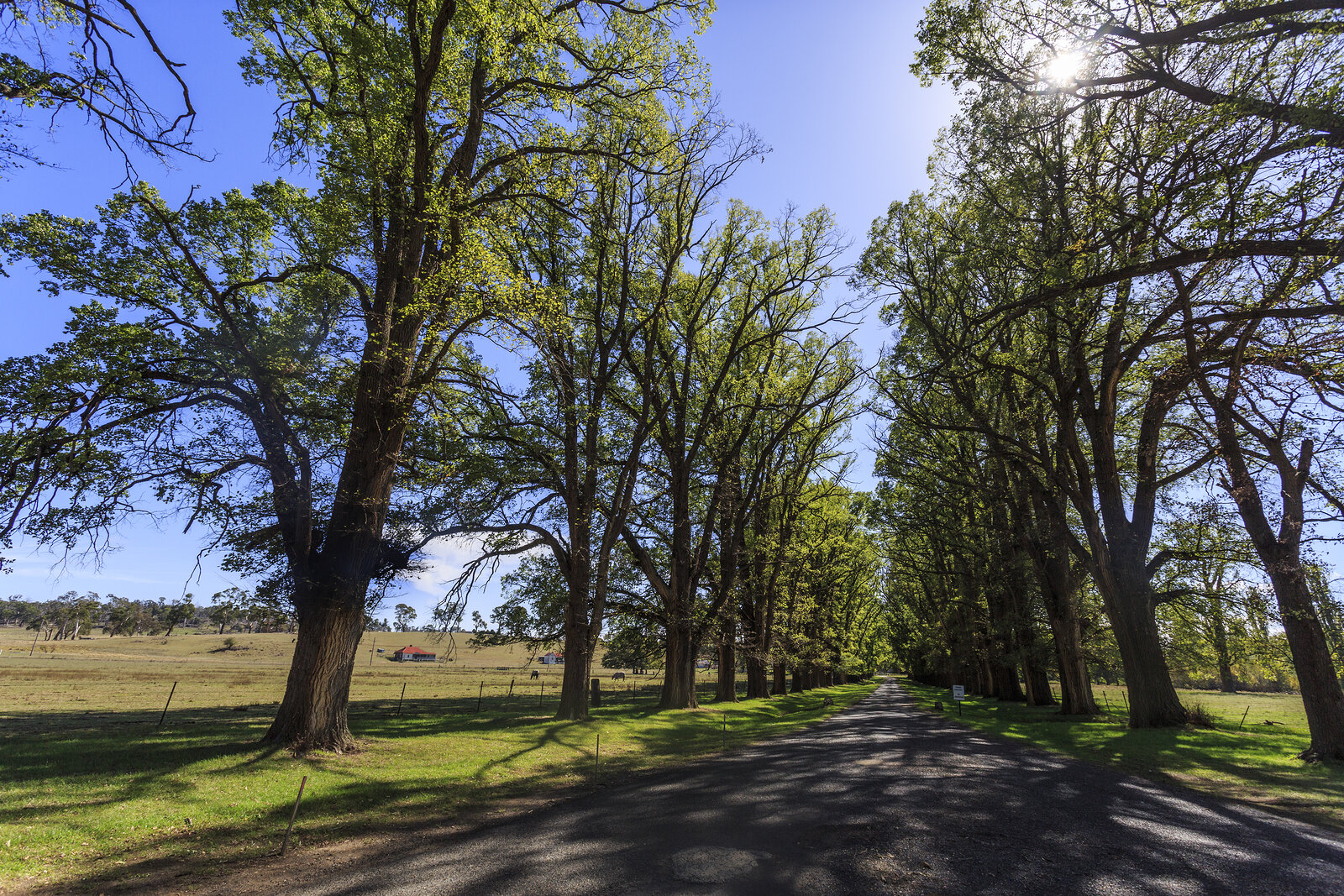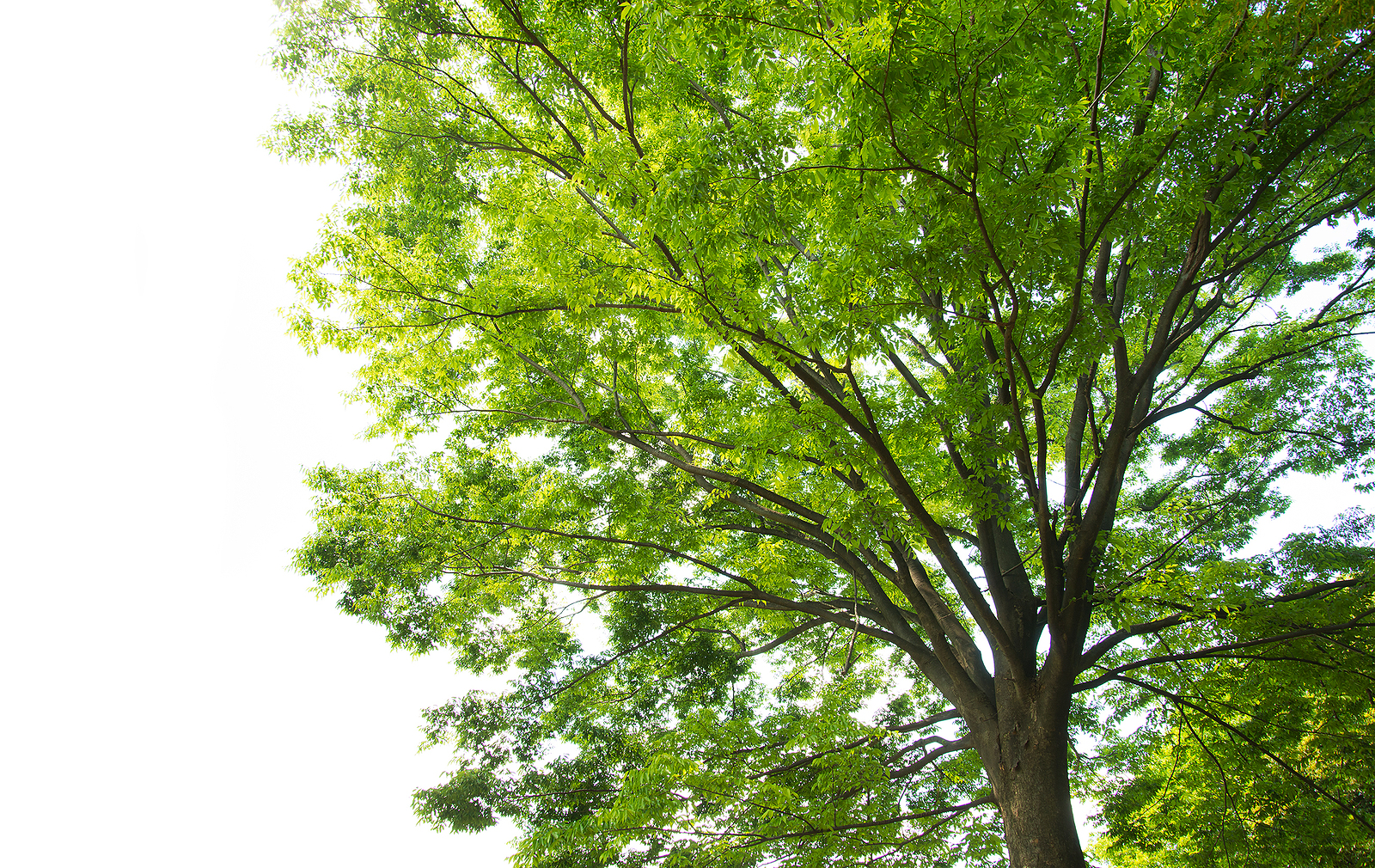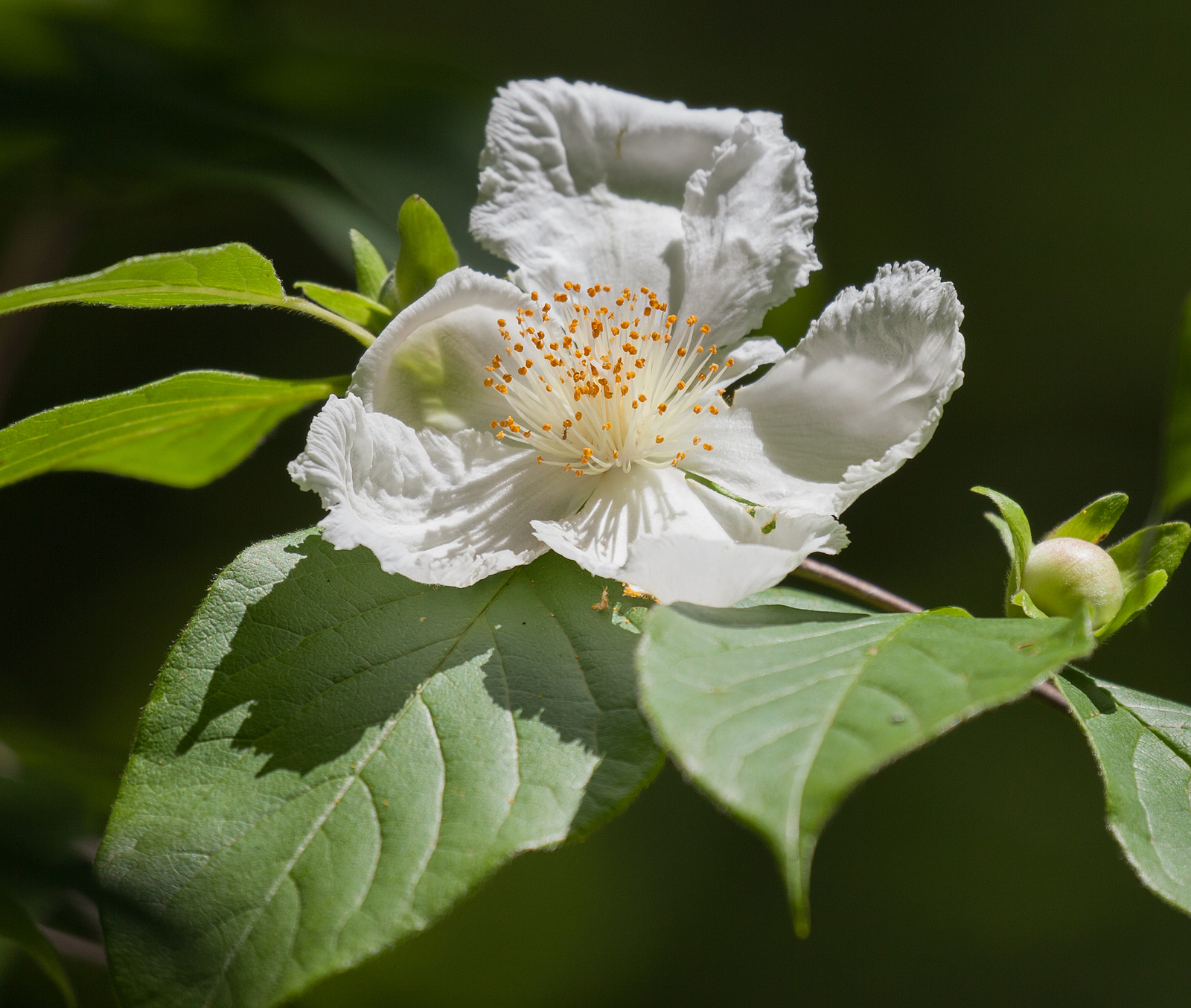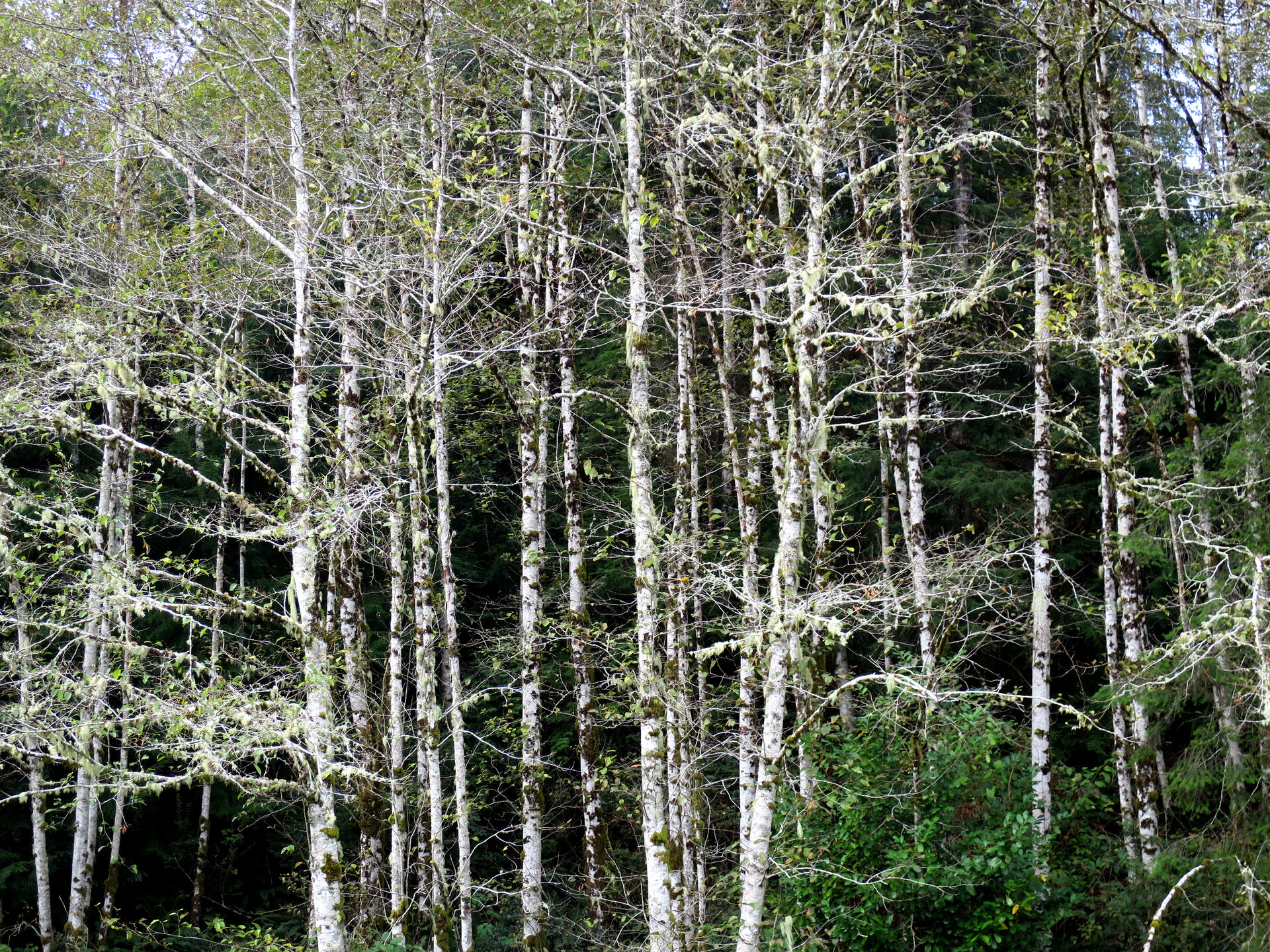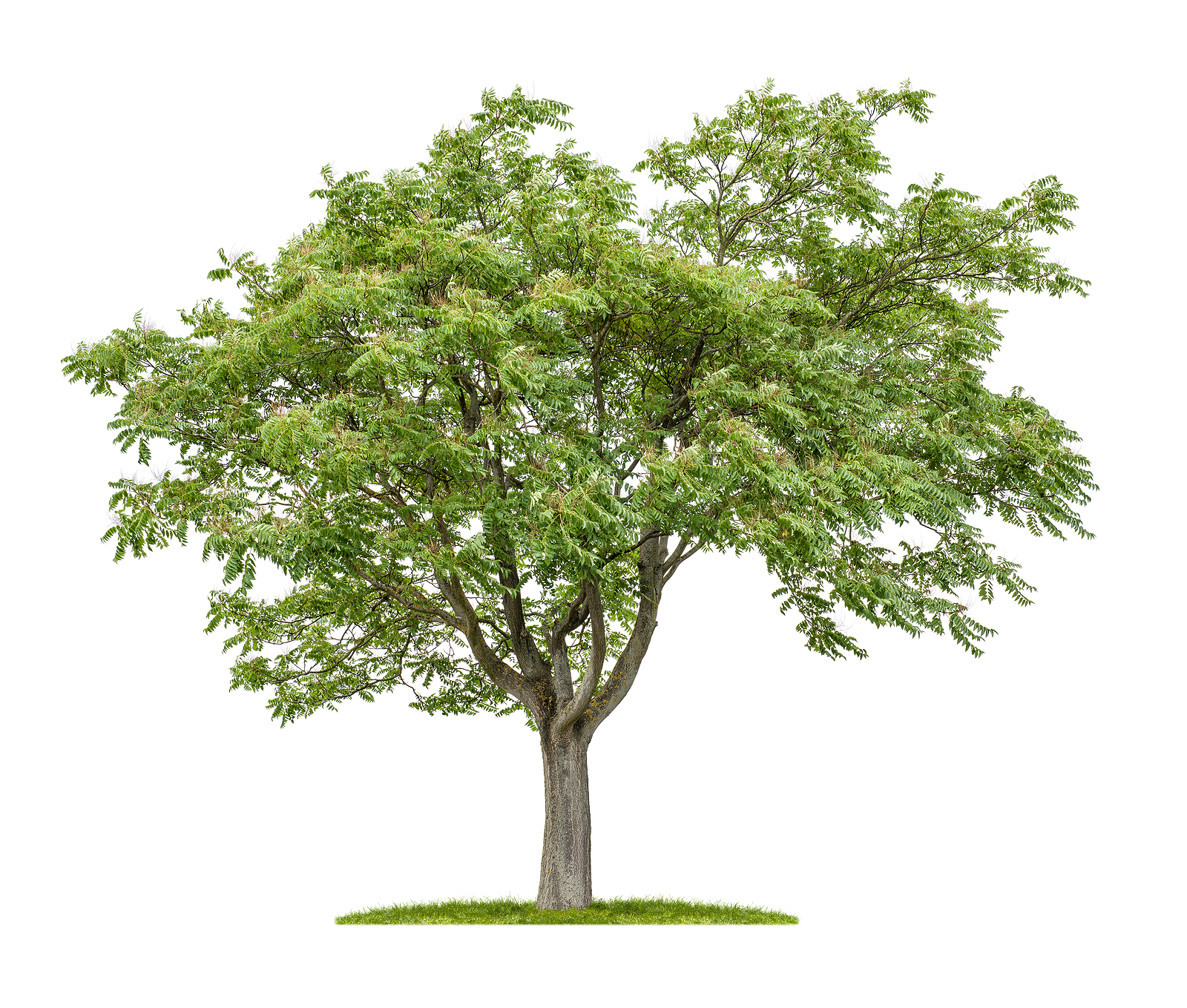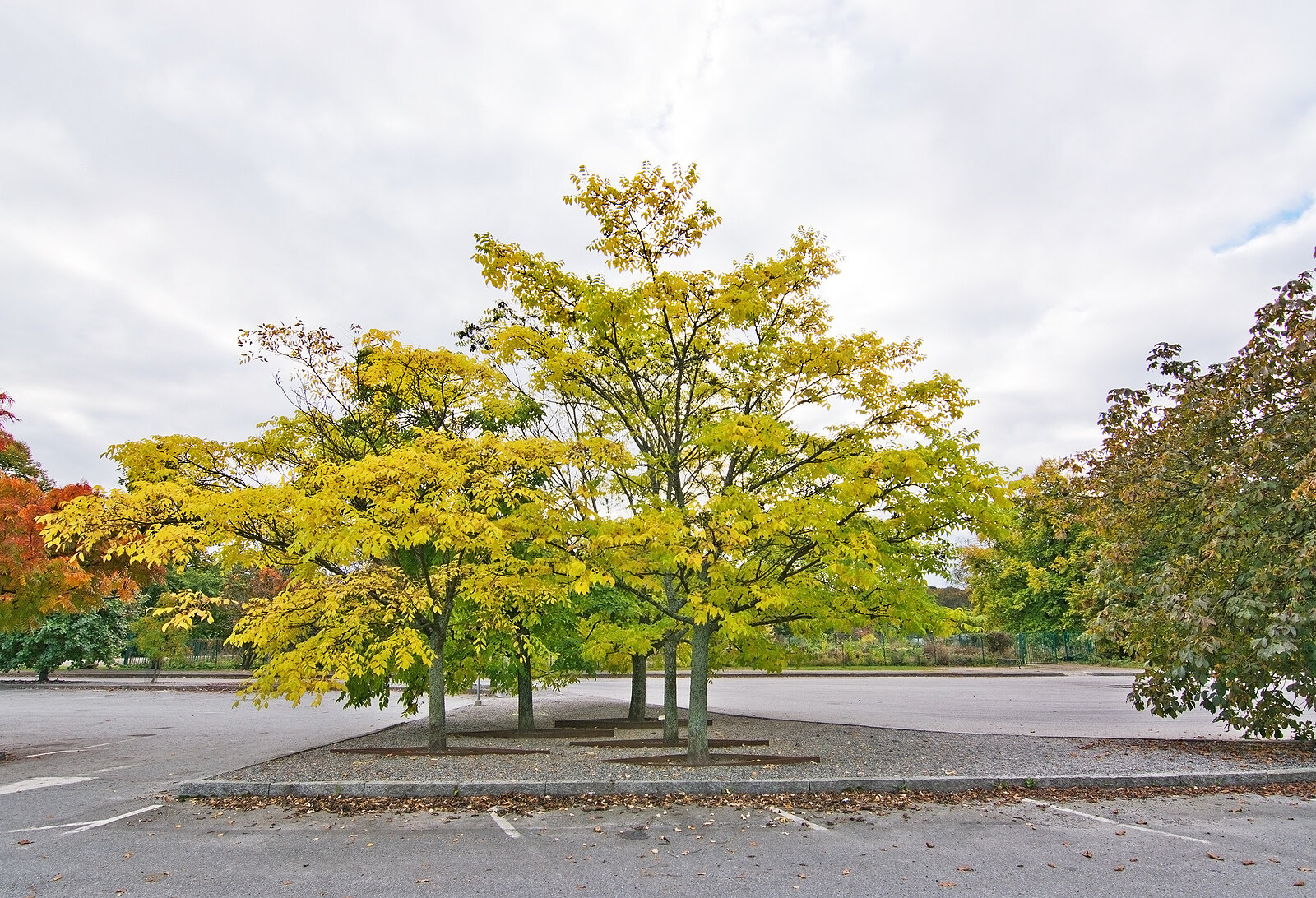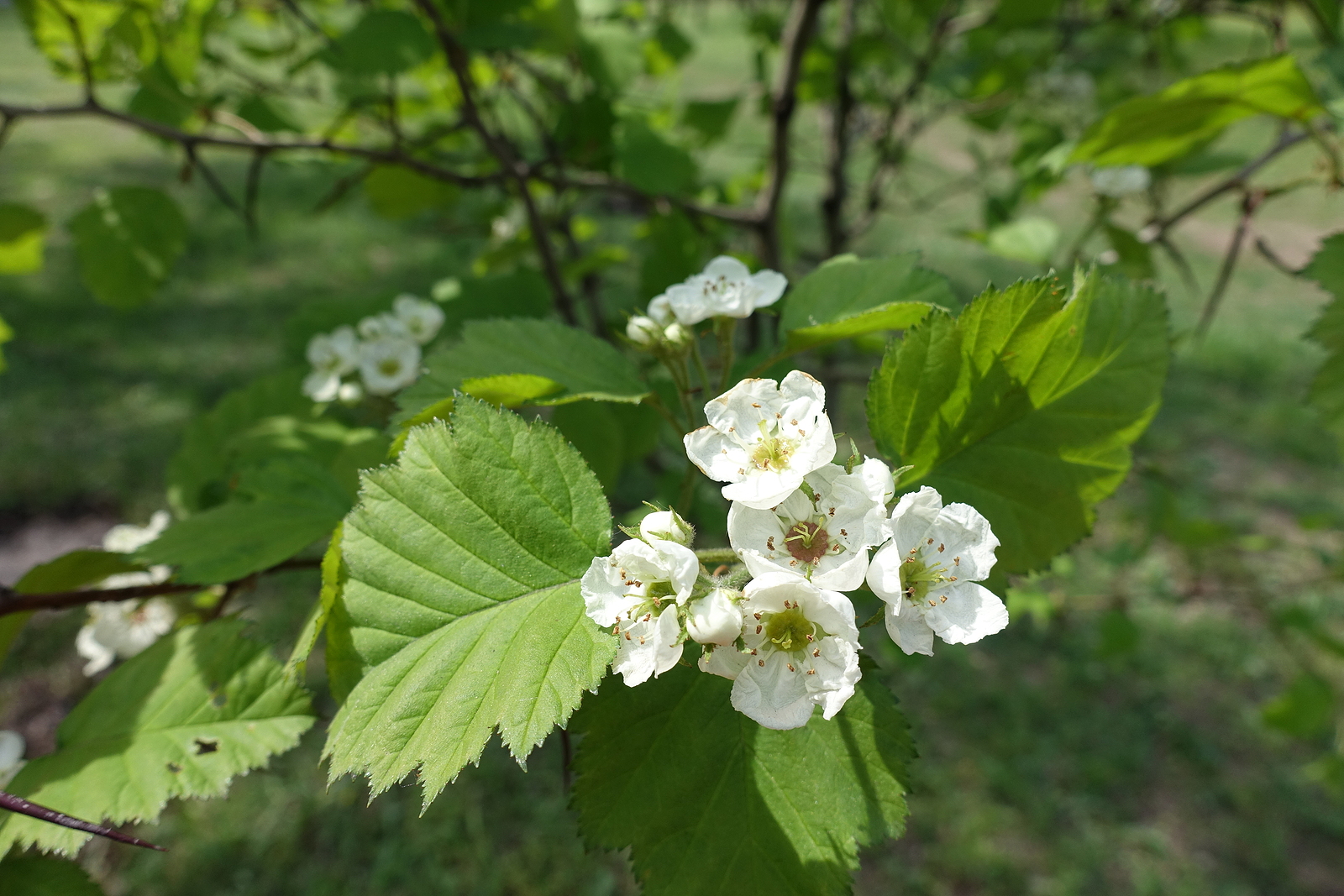How to Grow Arborvitae — Thuja
Thuja–commonly called arborvitae–neat, symmetrical, geometrical evergreen plants ideal for hedges and screens. They have a soft, informal look that lends them to mass planting. They can also be grown as specimen plants. Mature Thjuas have scalelike foliage carried in flat sprays. Varieties often used in landscapes have yellow-green or bright golden yellow leaves. Thuja bears […] More

